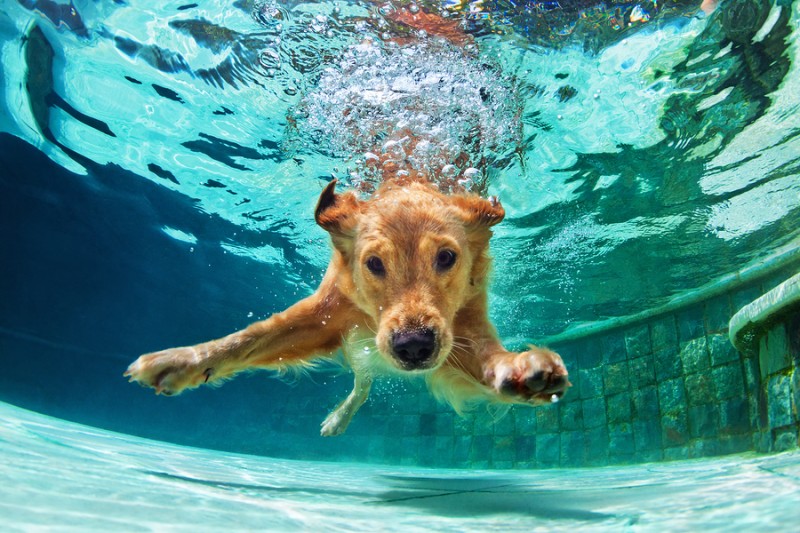Physiotherapy as an alternative treatment in compression of Cauda Equina


Physiotherapy as an alternative treatment in compression of Cauda Equina
SUMMARY
The cauda equina, is the set of nerves and nerve roots that originate from L6 – L7 innervating the posterior train by means of the nerves: Sciatic, Obturator, Pudendo, Femoral and Pelvic.
When generating a trauma at this level, mild to severe compressions can occur generating in the patient pain, claudication of hind limbs, contracture of all muscle mass, proprioceptive deficit, ataxic gait, incontinence, among other clinical signs that will guide the Veterinarian to establish an adequate medical treatment and in the case of the physiotherapist, locate the areas of pain and improve weight support, resistance, bodybuilding (avoiding muscle atrophy as much as possible), joint mobility and proprioception.
The diagnosis is made by radiological study and magnetic resonance imaging of the spine at the level of the lumbo-sacral joint, treatment options
consist of: cage rest, allopathic (NSAIDs, analgesics, corticosteroids), homotoxicological, physiotherapy and rehabilitation, being an excellent option the synergy between homotoxicological treatment and physiotherapy (integral analgesia).
This paper presents the case of a patient of a Pinscher, female, 10 months, which is taken to consultation after having suffered a trauma by fall presenting as main signs paraparesis, contracture of all muscle mass in hind limbs, proprioceptive deficit and ataxic gait. It was decided to perform physiotherapy and rehabilitation without suspending the medical treatment established from the beginning, managing to reduce the recovery time, improvement in the patient’s condition, elimination of the cause of the physical alteration, pain relief, reduce inflammation and resumption to daily life.
Keywords: cauda equine compression, physiotherapy and rehabilitation.
Interested? Here’s the full article
Angelica B. Ortega Vasquez
Ortocanis.com Collaborator
Recent Posts
What side effects do anti-inflammatories have in dogs?
Anti-inflammatory drugs, called NSAIDs (nonsteroidal anti-inflammatory drugs), are the most commonly prescribed pain reliever in…
Exercises to strengthen the dog’s hind legs
Improving the muscles of the hind limbs in dogs is an interesting option both in…
What to do with a dog that has back problems
Dogs can have health problems related to their limbs. But they can also have back…
Total or partial rupture of cruciate ligament in dogs
One of the most frequent injuries that dogs usually suffer is the rupture of one…
Solutions to hip dysplasia in dogs
Hip dysplasia in dogs is one of their most common inherited bone diseases. It is…
How to treat patellar luxation in dogs?
There is talk of patellar dislocation in dogs, when the patella, a small bone located…